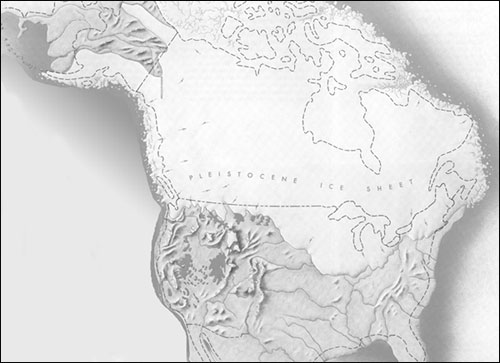
you would think that people would welcome some global warming.
Posted on 04/08/2002 9:03:07 AM PDT by grundle
Edited on 09/03/2002 4:50:15 AM PDT by Jim Robinson. [history]
There are ominous signs that the Earth
(Excerpt) Read more at globalclimate.org ...

So since 1975 we've warmed up quite a bit.
Global Warming Debate Continues. . .
The figure above shows the monthly temperature deviations from a seasonally adjusted average for the lower stratosphere - Earth's atmosphere from 14 to 22 km (9 to 14 miles). Red is an increase in the temperature from the average, and blue is a decrease in temperature. The large increase in 1982 was caused by the volcanic eruption of El Chichon, and the increase in 1991 was caused by the eruption of Mt. Pinatubo in the Philippines. November 2000 was the coldest month on record for stratospheric temperatures.
This chart shows the monthly temperature changes for the lower troposphere - Earth's atmosphere from the surface to 8 km, or 5 miles up. The temperature in this region is more strongly influenced by oceanic activity, particularly the "El Niño" and "La Niña" phenomena, which originate as changes in oceanic and atmospheric circulations in the tropical Pacific Ocean. The overall trend in the tropospheric data is near zero, being +0.04 C/decade through Feb 2002. Click on the charts to get the numerical data.
Particles of Doubt (on sulfur aerosols)
which includes this spectacularly good paragraph:
"Researchers of the 1970s CLIMAP project found strong evidence in deep-ocean sediments of variations in the Earth's global temperature during the past several hundred thousand years of the Earth's history. Other subsequent studies have confirmed these findings and have discovered that these temperature variations were closely correlated to the concentration of carbon dioxide in the atmosphere and variations in solar radiation received by the planet as controlled by the Milankovitch cycles. Measurements indicated that atmospheric carbon dioxide levels were about 30 % lower during colder glacial periods. It was also theorized that the oceans were a major store of carbon dioxide and that they controlled the movement of this gas to and from the atmosphere. The amount of carbon dioxide that can be held in oceans is a function of temperature. Carbon dioxide is released from the oceans when global temperatures become warmer and diffuses into the ocean when temperatures are cooler. Initial changes in global temperature were triggered by changes in received solar radiation by the Earth through the Milankovitch cycles. The increase in carbon dioxide then amplified the global warming by enhancing the greenhouse effect.
A Plain English Guide to the Science of Climate Change
Global warming confirmed: new research
"The research looked at the two hemispheres separately. Pollutants such as carbon dioxide, methane, and other gases last in the atmosphere a long time so they are spread more or less evenly all over the Earth.
"The big difference between the two hemispheres is the emissions from industry, particularly sulphur dioxide," explained Dr Stern.
Sulphur dioxide does not last long in the atmosphere, which means it gathers into clouds and falls back onto the continents in the northern hemisphere where most of the emissions are produced.
"The effect in the southern hemisphere is very little."
The clouds cause a cooling effect in the shorter term, the reason why temperatures cooled in the 1960s and 1970s. The researchers found that this masked the human impact on greenhouse gases to some extent in the northern hemisphere, but warming was easier to detect in the southern hemisphere."
Why, you ask? Well, it's been asked before.
The stratosphere warms and cools radiatively. It cools by radiating heat into space. It warms by receiving longwave radiation from the Earth's surface. If that radiation is trapped near the surface (which is what the greenhouse effect in the atmosphere does) then the radiation doesn't reach the stratosphere and the stratosphere cools. So if an increasing amount of LW radiation is being trapped, there should be a cooling signal in the stratosphere.
And there is. Voila.
There is so much insight to be gained with a historical review. Great post.
You obviously aren't trying to pay attention. It isn't plain and it isn't simple. You can either ignore it or you can actually attempt to start figuring it out. I'm not an expert but I read a lot and I've been trying to sort out these arguments for years. If you'd make an honest attempt, you'd find out that what I say is true: it isn't plain and it isn't simple.
I have one simple link for you, since you seem to enjoy links...
And there is. Voila.
Nice theory, unfortunately the tropospheric data does not support what your attribution of the cause.
Nor does the theory take into account other reasons for global climate changes that overwhelm any manmade influences by more than an order of magnitude.
On those cycles we are due for the onset of another glaciation totally unrelated to any of the "global warming or global cooling" theories of the environmental opportunists.
Disclaimer: Opinions posted on Free Republic are those of the individual posters and do not necessarily represent the opinion of Free Republic or its management. All materials posted herein are protected by copyright law and the exemption for fair use of copyrighted works.